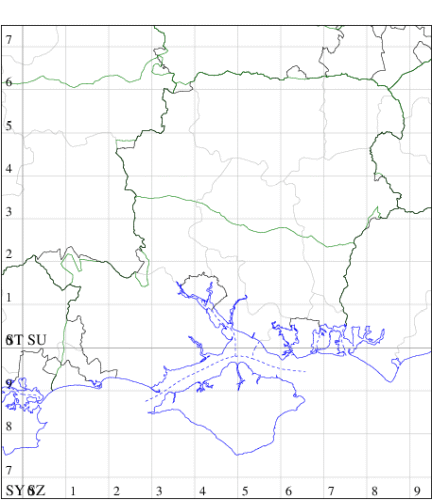Trifurcula squamatella
Checklist Number04.070 [B&F: 0046a]
Verification
Record requires retention of specimen until confirmed, and may require dissection. Consult with CMR if unsure
Classification
| Family: | Nepticulidae |
| Subfamily: | Nepticulinae |
| Genus: | Trifurcula |
| Species: | squamatella |
| Authority: | Stainton, 1849 |
Endangered (proposed as a future Red Data Book species). First described by Stainton in 1849 from a specimen taken in London, but regarded as a variety of T. immundella until 1987, when finally recognised as a valid species by van Nieokerken. What were thought to be the last British specimens were taken in 1899, at Bristol and in London, and the species was considered extinct in the British Isles for over a century. In August 2008, three examples were found in south-east Suffolk, and it is likely that the species is resident at low density on heathland around Martlesham Heath and Rushmere St Andrew. Not recorded in Hampshire or on the Isle of Wight to date. Wingspan male 7.8-9.8 mm, female 8.4-10.0 mm. Very similar to T. immundella, from which separated only by dissection. Larva mines under bark of Broom.

